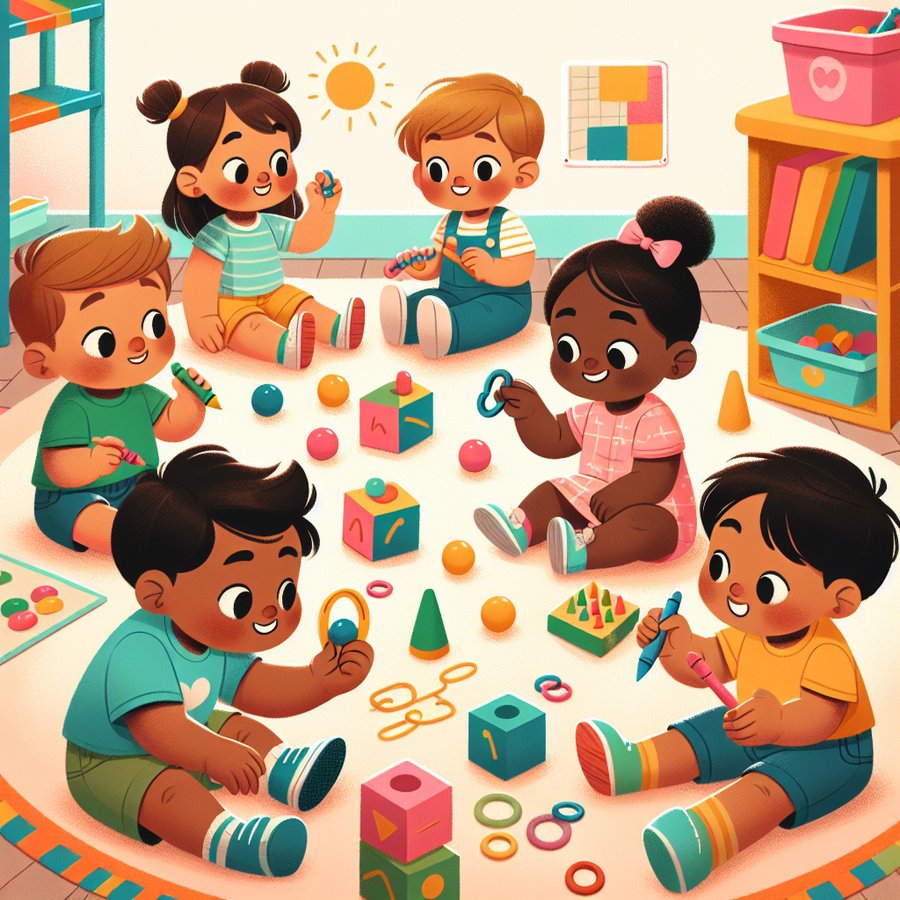Pincer grasp development is a milestone in your baby’s life, marking their transition from instinctive newborn reflexes to deliberate motor skills. This critical phase in your little one’s growth journey paves the way for future tasks such as feeding themselves, drawing, and eventually, writing. Understanding the intricacies of pincer grasp development is essential for new parents to effectively support their child’s growth and fine motor skill acquisition.
What is Pincer Grasp Development?
Pincer grasp development refers to the ability of a child to use the thumb and index finger to grasp small objects. It is a significant motor milestone that usually begins to emerge around 9 to 12 months of age. The development of this skill is not just about picking things up; it is a complex coordination of muscle strength, hand-eye coordination, and cognitive understanding of the world around them.
There are two stages to pincer grasp development: the ‘palmar grasp’ where an infant grabs objects with their whole hand, and the ‘neat pincer grasp’ where they refine this ability to use just the thumb and index finger. This development is crucial for self-feeding, a significant step towards independence.
Why is Pincer Grasp Development Important?
The significance of pincer grasp development extends beyond just the ability to pick up small objects. It lays the foundation for a host of other skills. Fine motor skills, such as drawing and writing, rely heavily on the dexterity and strength built during this period. Additionally, the development of the pincer grasp is closely linked with cognitive development, as it encourages babies to learn about their environment by touching, holding, and manipulating objects.
Moreover, fostering pincer grasp development can boost your child’s confidence and encourage them to explore and interact with their surroundings more independently. This development stage also promotes hand-eye coordination, an essential skill for almost all daily activities.
How to Support Your Child’s Pincer Grasp Development
Encouraging your child’s pincer grasp development is all about providing opportunities to practice. Start by offering a variety of objects they can pick up. Make sure these items are safe, non-toxic, and large enough so they don’t pose a choking hazard. Different textures and sizes will stimulate their senses and make the learning process more engaging.
Simple activities such as placing cheerios on a high chair tray can encourage your child to use their thumb and index finger to pick them up. Remember, the goal is to make these activities fun and stress-free. Repeated practice in a positive environment is key to mastering the pincer grasp.
Additionally, there are many toys and tools designed to foster pincer grasp development. Things like chunky crayons, building blocks, and buttoning toys not only entertain but also offer valuable practice in fine motor skills.
Challenges in Pincer Grasp Development
While most children naturally develop the pincer grasp, some may face challenges. Lack of interest in small objects, difficulty in coordination, or delayed development milestones can be concerns for parents. It’s important to remember that children develop at their own pace, but if you’re worried, it’s always best to consult a healthcare professional.
Conditions such as cerebral palsy, developmental delays, or even temporary issues like hand-eye coordination challenges can impact the development of the pincer grasp. Early intervention and tailored activities can help overcome these hurdles, ensuring your child continues to progress in their motor skills development.
When to Seek Professional Help
If you have concerns about your child’s pincer grasp development or notice they’re not reaching this and other milestones according to typical timelines, seeking advice from a pediatrician or occupational therapist can be beneficial. These professionals can assess your child’s development, provide reassurance, or recommend specific interventions if needed.
Remember, early detection and intervention are key in addressing any developmental delays. By staying attentive and proactive, you can ensure your child gets the support they need to thrive in their pincer grasp development and beyond.
In conclusion, pincer grasp development is a fundamental part of your child’s early growth. By understanding its importance, supporting your child through activities, and knowing when to seek help, you can play a crucial role in their journey towards mastering fine motor skills. Embrace this phase with patience and encouragement, and watch as your little one discovers the world around them, one grasp at a time.













